This gallery shows 27+ high-quality and best-resolution Kite PNG Images, Vectors, Stickers, logos, Icons, and Clipart Pictures with transparent backgrounds. Free download all these Kite PNG images for graphic design, projects, presentations, web design, editing, and other works.
Kite PNG Images:

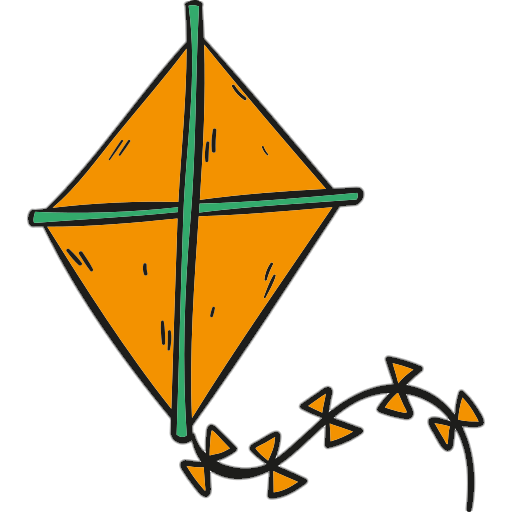
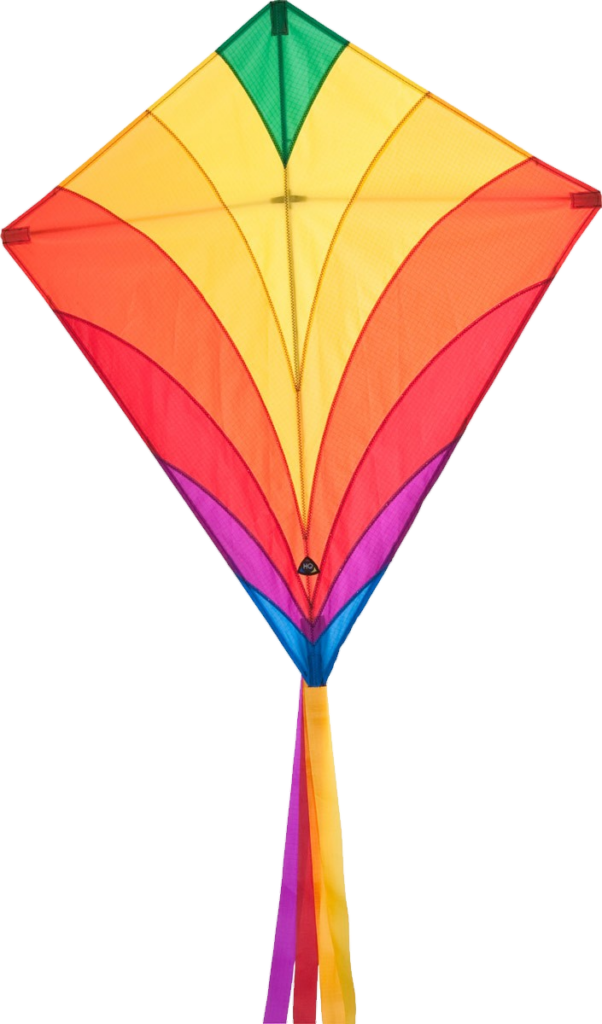
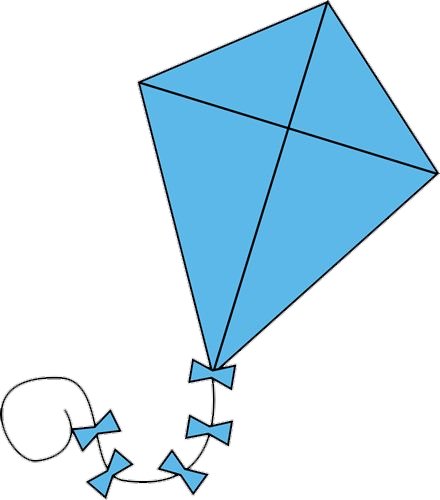


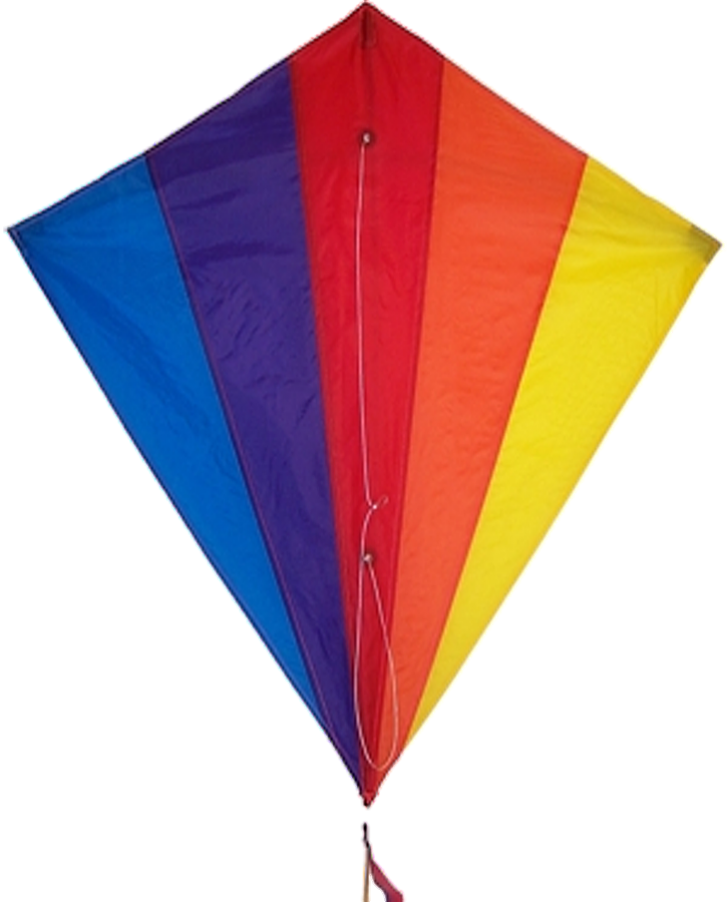
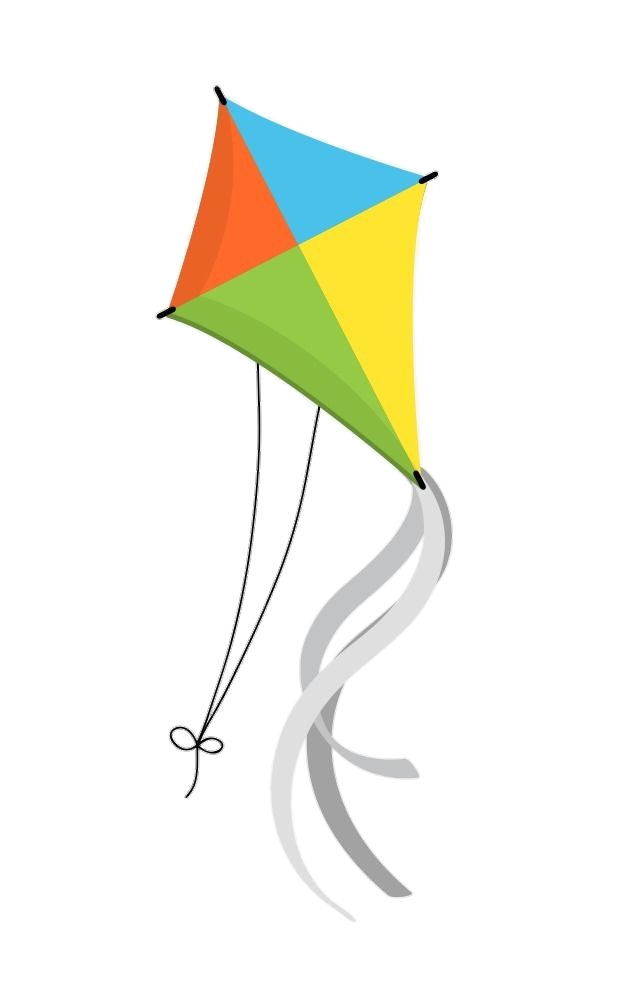
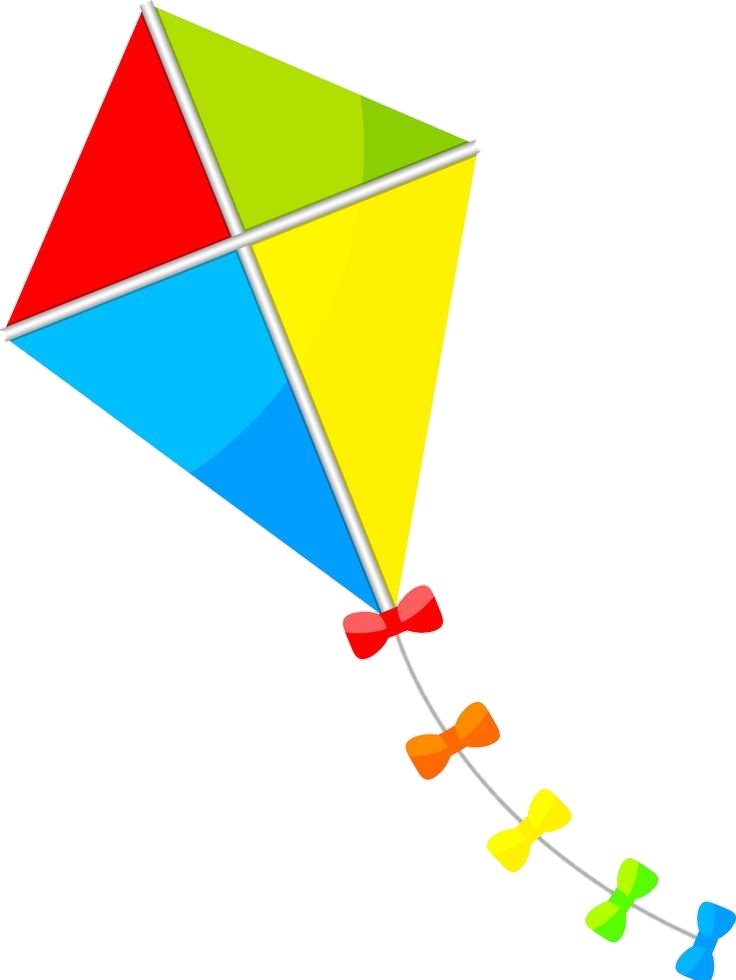
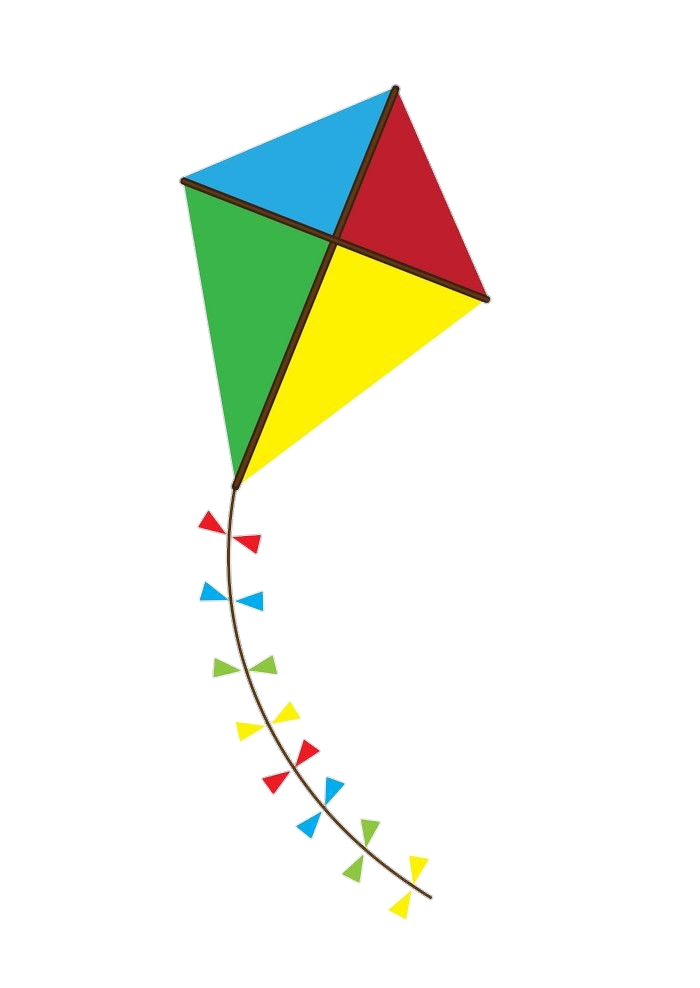
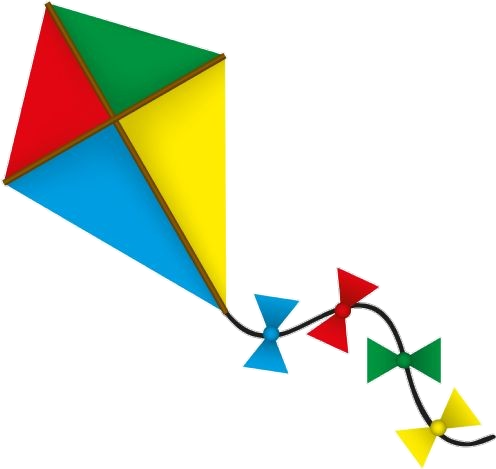
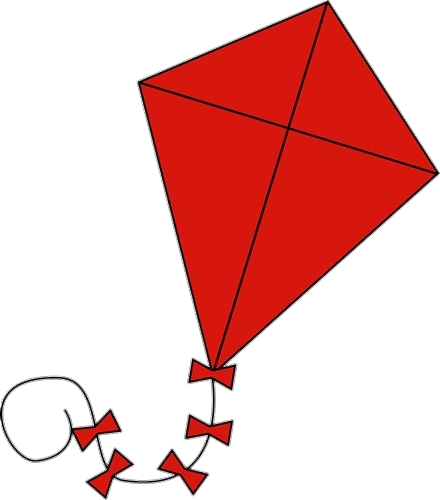
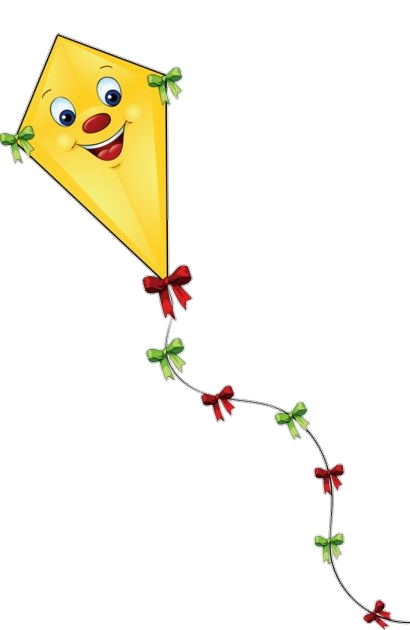

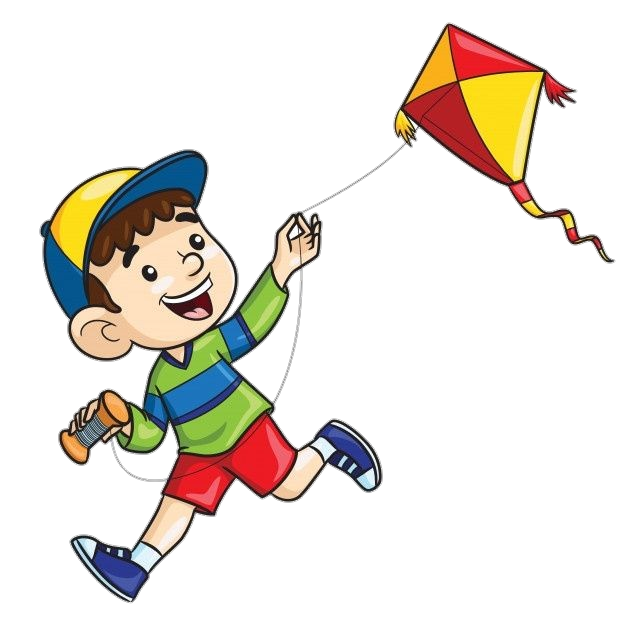
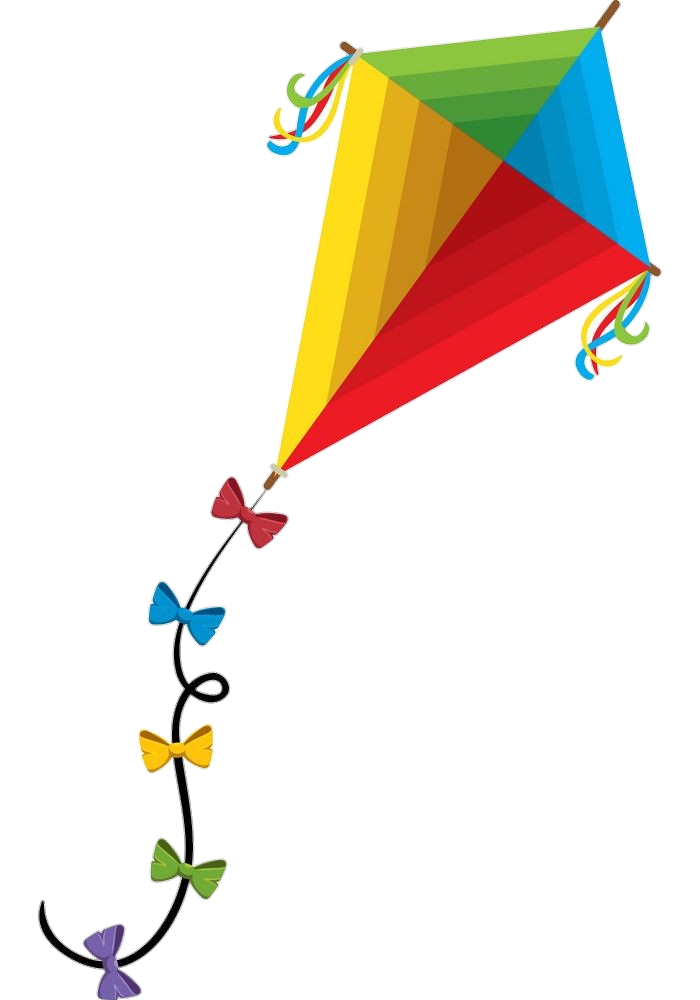


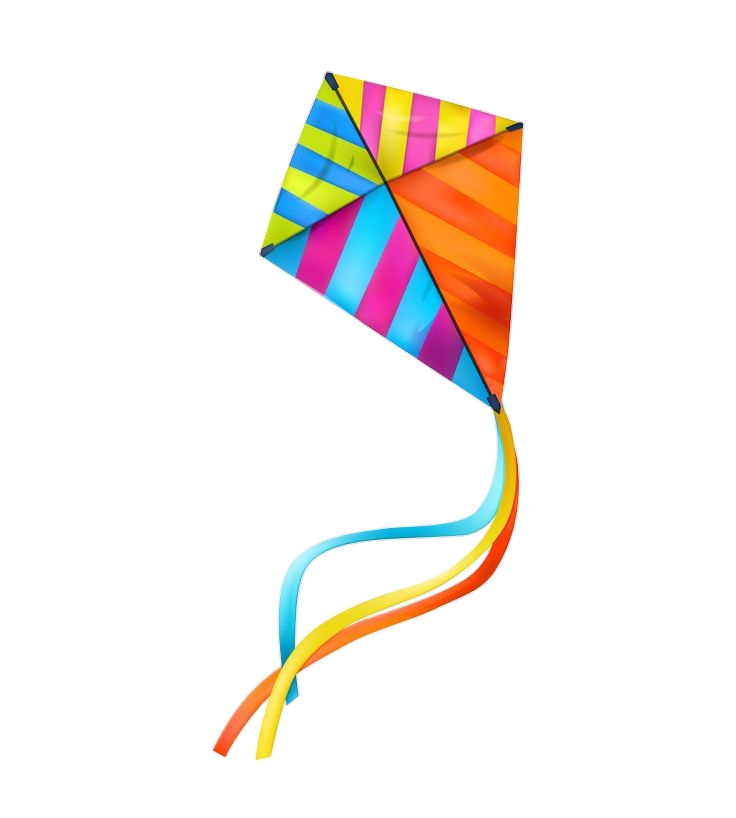
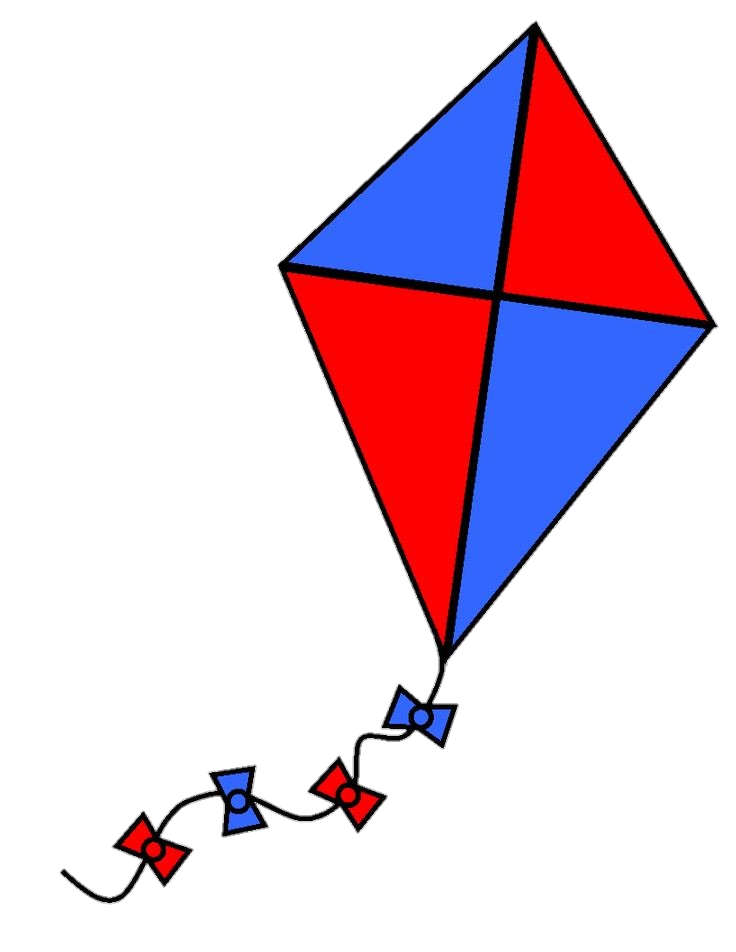
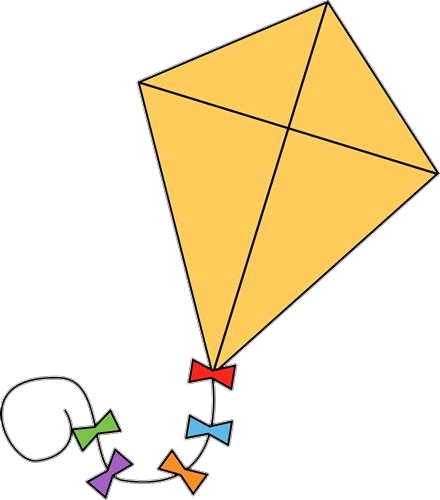
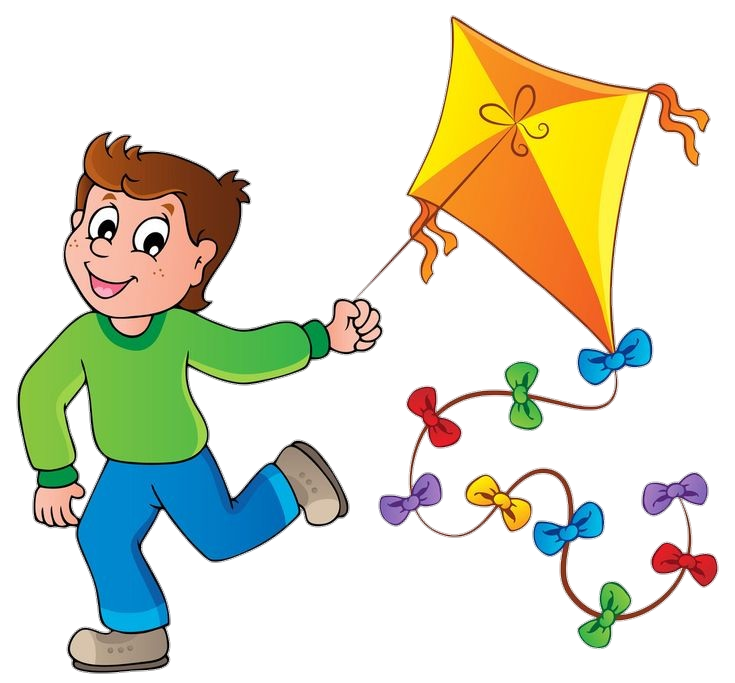

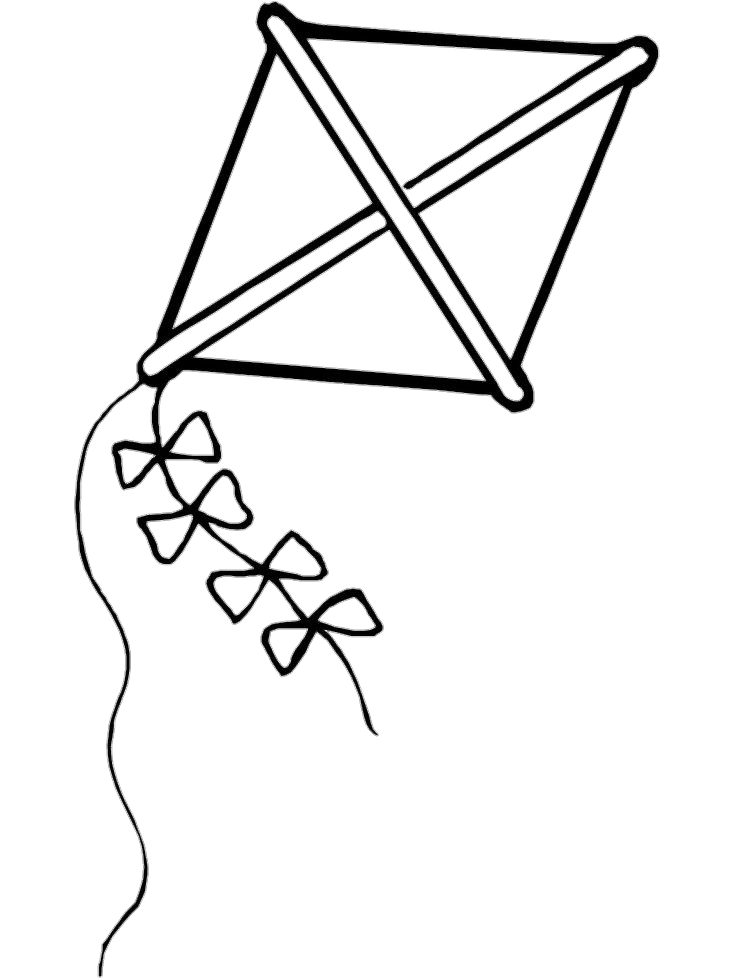

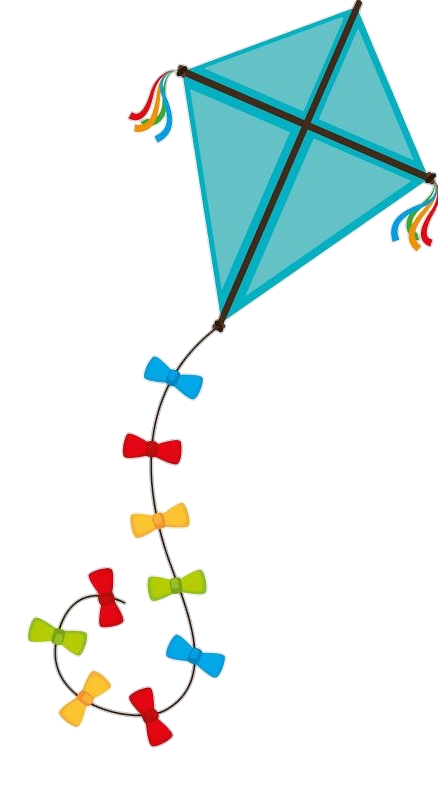
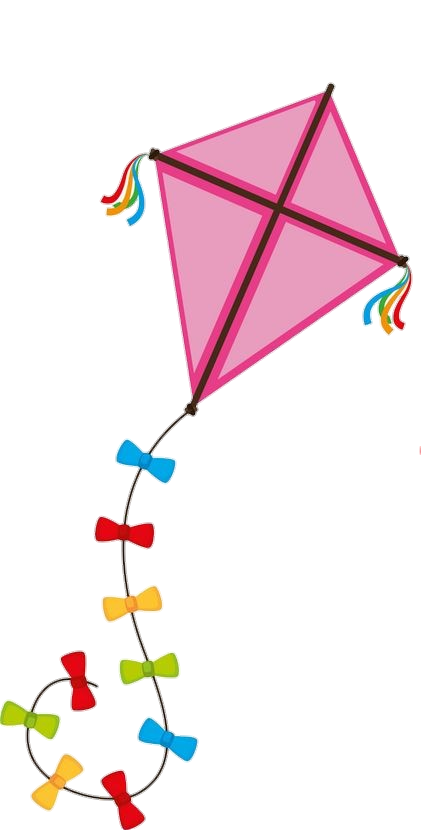
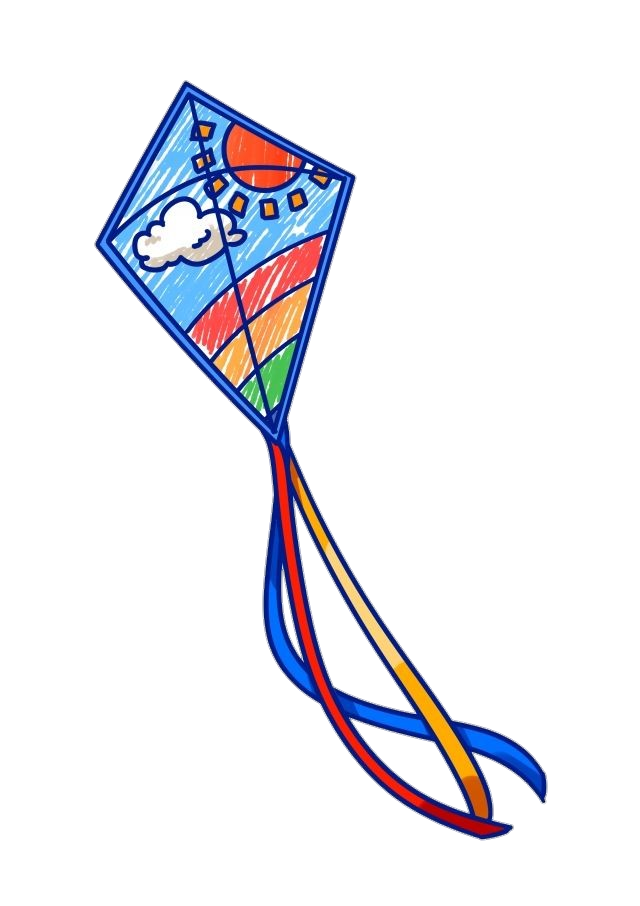
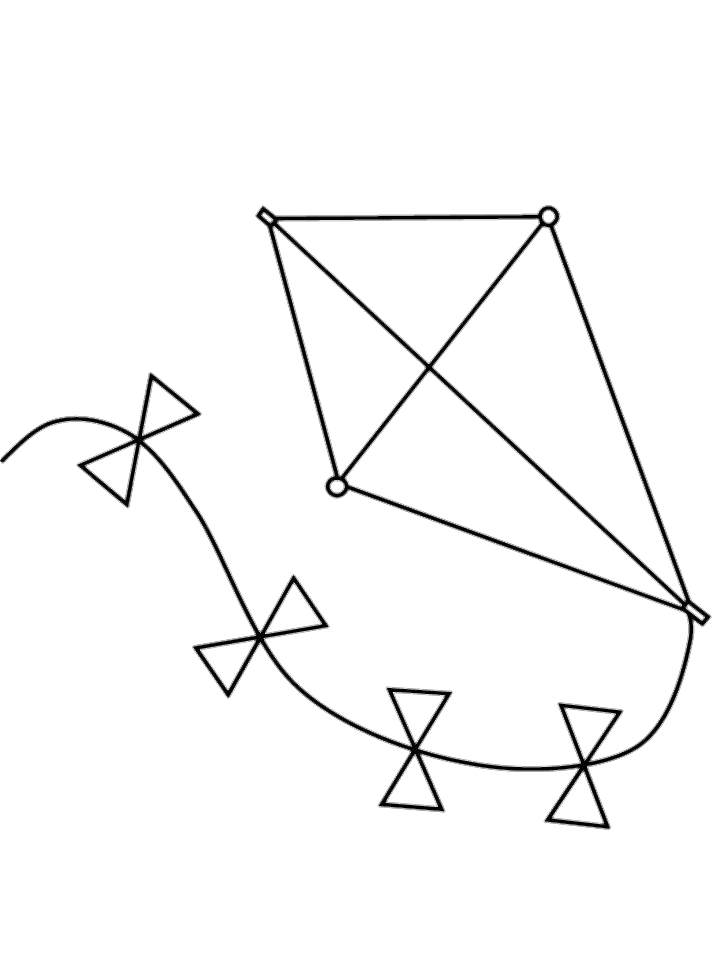
Kite flying is a time-honored tradition that has captivated people across the globe for centuries. From its origins in ancient China to its modern-day enthusiasts worldwide, the kite has evolved from a simple object made of paper and bamboo to a vibrant and diverse art form.
The history of kite flying dates back more than two thousand years. It is believed to have originated in China during the Warring States period (around the 5th century BCE). Kites were used for military purposes, including communication and measuring distances, but they soon evolved into recreational and artistic pursuits. As Chinese kites traveled along trade routes, they spread to other parts of Asia, the Middle East, and Europe.
Kite flying holds deep cultural significance in many parts of the world. Kites are associated with festivals and celebrations in China, particularly the Chinese New Year. These colorful creations symbolize good luck and are believed to ward off evil spirits. In India, the festival of Makar Sankranti is celebrated with widespread kite flying. The skies are filled with kites of various shapes and sizes, and competitions are held to see who can cut the strings of their opponents’ kites. In Japan, the art of crafting and flying kites is known as “takoage” and is an integral part of their culture.
In addition to its cultural significance, kite flying has played a role in scientific endeavors. Benjamin Franklin famously conducted experiments with kites to explore the nature of electricity and lightning. Kites have also been used for meteorological research, allowing scientists to gather atmospheric data.
Kite flying is a cultural tradition and a source of immense joy and relaxation. There is something inherently therapeutic about watching a kite soar high into the sky, carried by the wind. Flying a kite requires a delicate balance of skill and intuition. It teaches patience, as you must learn to control the kite’s movements and respond to changes in the wind. This combination of skill and serenity makes kite flying a truly meditative experience.
Kite flying is also a social activity that brings people together. Families and friends often gather in open fields or parks to fly kites, sharing laughter and creating cherished memories. It promotes outdoor activity and a connection with nature, offering a refreshing break from our increasingly digital lives.
The art of kite making and design has evolved significantly over the years. Today, kites come in various shapes, sizes, and techniques, from traditional diamond-shaped kites to intricate, multi-line stunt kites. Kite festivals worldwide showcase these diverse creations and offer spectators a visual feast of colors and shapes dancing in the sky.






Leave a Comment
Instagram